Utah Police Docs Add New Detail to Utah Autopilot Crash

The collision earlier this month between a Tesla Model S and a stopped fire truck in Utah didn’t result in serious injuries, but questions remain as to why the vehicle, piloted by a suite of driving aids, didn’t recognize the approaching danger.
Witnesses claim the vehicle didn’t brake in the moments leading up to the impact. The driver, admittedly distracted by her phone (for a period of 80 seconds), only reacted less than a second before impact, police said. Now, thanks to a South Jordan Police Department report obtained by The Associated Press (via The Detroit News), we know a little more about what happened in those last moments.
According to the docs, obtained via an open records request, the Model S accelerated for 3.5 seconds prior to the May 11th collision. Less than a second before impact, the 29-year-old driver manually applied the brakes.
The Model S involved in the accident had been in the driver’s possession for over two years, and had apparently been used in this manner several times. The driver even told police she had enabled its Autopilot functions on the same stretch of road. Obviously, she felt comfortable leaving the driving duties to the car, despite Tesla’s warning for drivers to remain alert, with their hands on the wheel. She told the police as much.
Unlike those other trips, however, this one saw her car plow into the back of a stopped truck at 60 mph. That’s the speed the driver set, police say, and records show the vehicle’s Traffic Aware Cruise Control slowed the car down to 55 mph shortly before the crash to match a vehicle driving ahead of it. It’s assumed that vehicle then changed lanes, prompting the Tesla to accelerate back to its cruising speed. At that point, the collision occurred.
The driver, Heather Lommatzsch, claims the car issued no visual or audio warnings in those final moments. Why the car’s forward-facing camera and array of sensors didn’t detect the stopped vehicle is something the National Highway Traffic Safety Administration intends to find out, as this isn’t the first time a Tesla has collided with a clearly visible object while under Autopilot control.
Light rain was apparently falling at the time of the crash, which occurred during daylight hours.
While Tesla heightened its calls for caution after a fatal Florida crash in 2016, the word “Autopilot” remains in the automaker’s lexicon. That’s irking safety advocates, as the name itself implies full autonomy. The actual system is supposed to be used as a semi-autonomous driving aid, regardless of what online enthusiasts post in their videos.
Just this week, two safety non-profits, The Center for Auto Safety and Consumer Watchdog, called on the Federal Trade Commission to investigate Tesla’s use of the word, calling it “ deceptive and misleading.” Tesla countered by saying its customers know the system’s limits, and that the company provides proper instructions on how to use the feature.
[Image: South Jordan Police Department via Associated Press]

More by Steph Willems
Latest Car Reviews
Read moreLatest Product Reviews
Read moreRecent Comments
- Carson D They'd have kept it going, but the head bolts had worn out from overuse.
- ToolGuy Superb writeup. Thank you for sharing your experience and insights on your 2004 Outback -- this is the best take on Subaru ownership that I've seen.
- Scott I'm afraid of Clickbait, as it's so annoying..(And don't ask me about autonomous car clickbait)
- ToolGuy Nice writeup. Good photography.
- Detlump I almost bought a dark red one of these when I was cross-shopping Volvo wagons. I didn't like the frameless glass of the doors but it was a close call. I wanted a wagon for my hockey gear and also carrying parts as I was an engineer at the time. SUVs weren't a thing at that point and I wanted an enclosed, secure cargo area.I ended up going with a 95 850 wagon and it has served me well. The only time it left me stranded (temporarily) was when the coil wire popped off. I also got a flat tire, but I can't blame the Volvo for that. BTW, I still have the 950 with 263,000 miles - just changed the timing belt too - I have that process down to about an hour by now!
















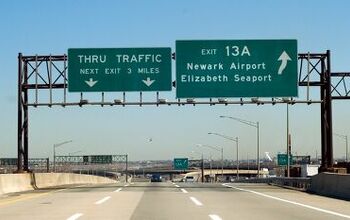
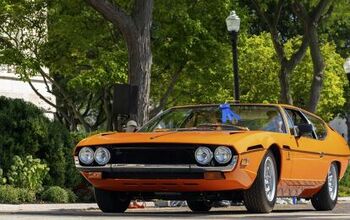
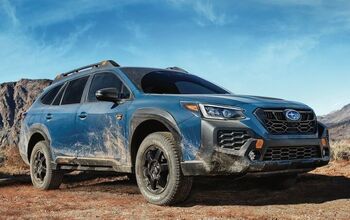
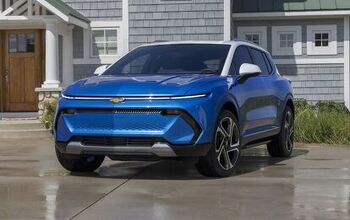
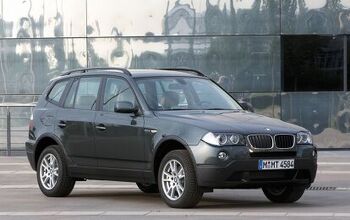
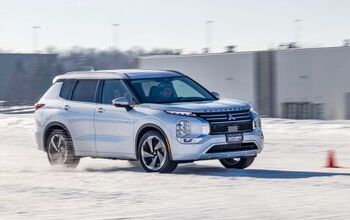
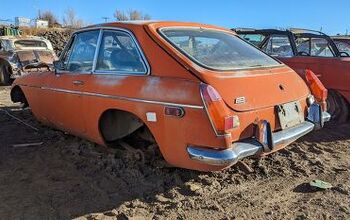


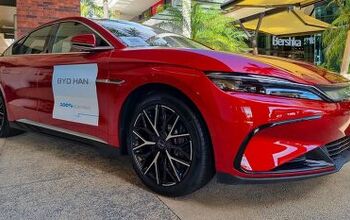

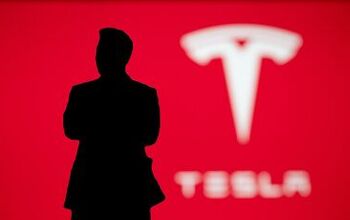
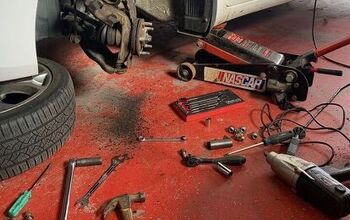
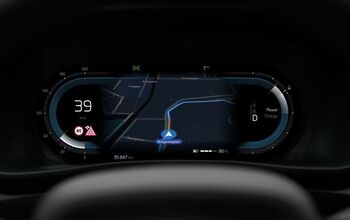
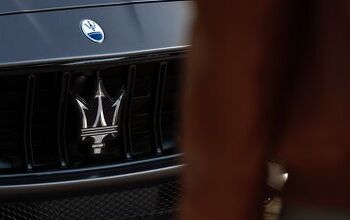

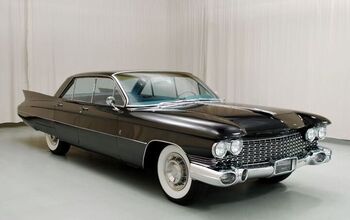

Comments
Join the conversation
I drove 300km yesterday, from my home to Halifax and back, on the most modern, up-to-date highway in the province, and during the trip I kept noticing things that made me smile with the thought that 'Autopilot' is never going to be a problem around here. Winter has more or less erased all the lane markings that would give it any guidance. In many places the only way you knew there were lanes at all was the parallel wheel grooves in the road. Dozens of places where guardrails had somehow vanished, leaving nothing but half-rotted bare posts sticking out of the ground. Asphalt patches on top of older patches, disguising the massive potholes that would rip the wheels right off your car if you hit one. Does Autopilot even detect these? And this is on the Trans-Canada highway...wait till you see our back roads! Now add some fog and drizzle, a couple of dead deer on the side of the road but not quite out of the way, and some 4' squares of chipboard in the middle of the road that fell off a truck. Happy driving!
I have a relatively easy idea that might help Tesla out with AP failures and inattentive drivers... Why not have pressure sensors in the steering wheel that if no hands are present on the steering wheel, AP is automatically disabled? I'm sure there's a fly in this ointment somewhere and I'm sure someone will offer counterpoints to this, but it seems like a relatively easy abatement technique. They (Tesla) already recommend that when using AP, the driver remain attentive with hands on the wheel. I know at the end of the day, technology is improving and the only method of widespread improvement is to discover all flaws (with some unfortunate consequences) but technology will never overpower the ability of people to be dumb.